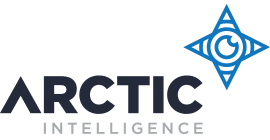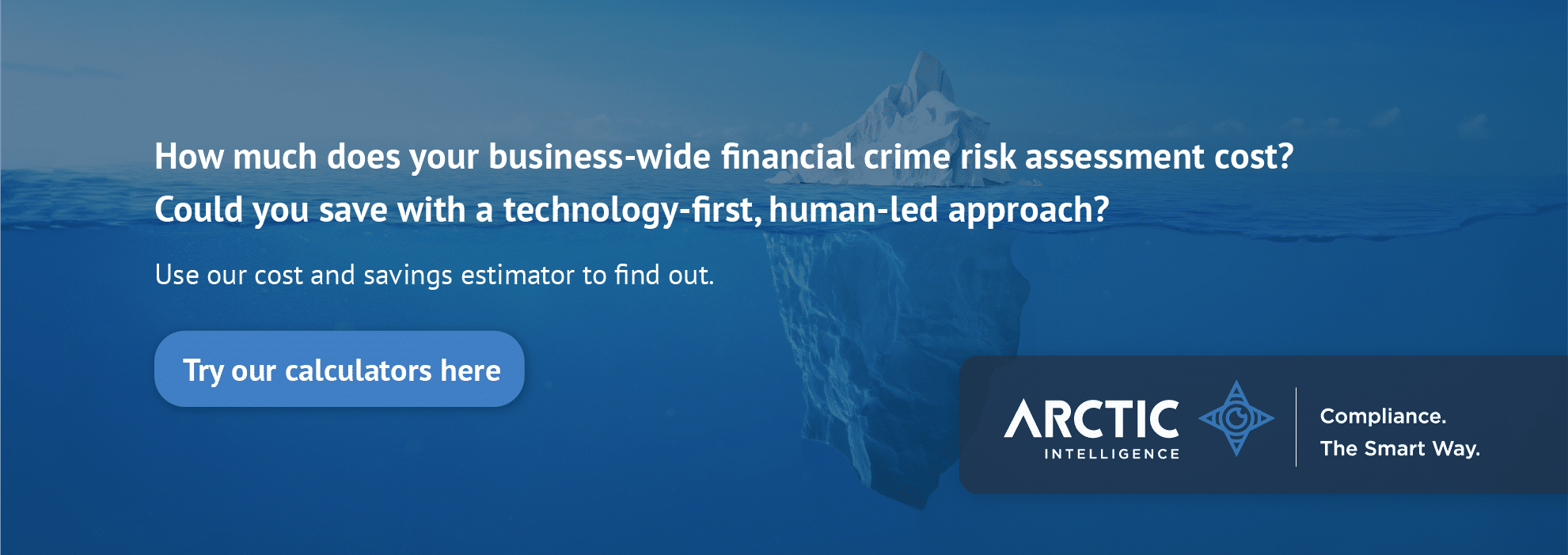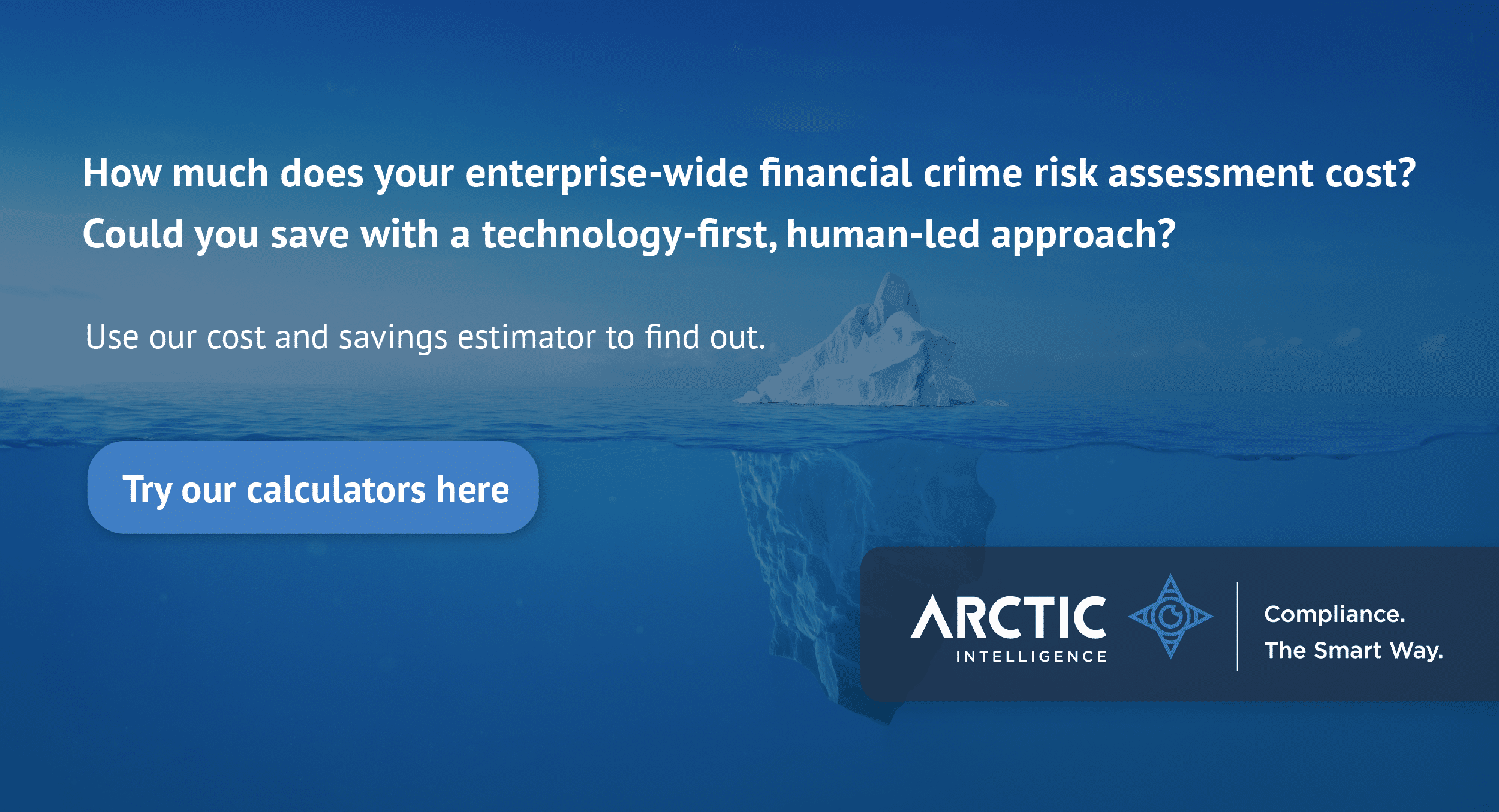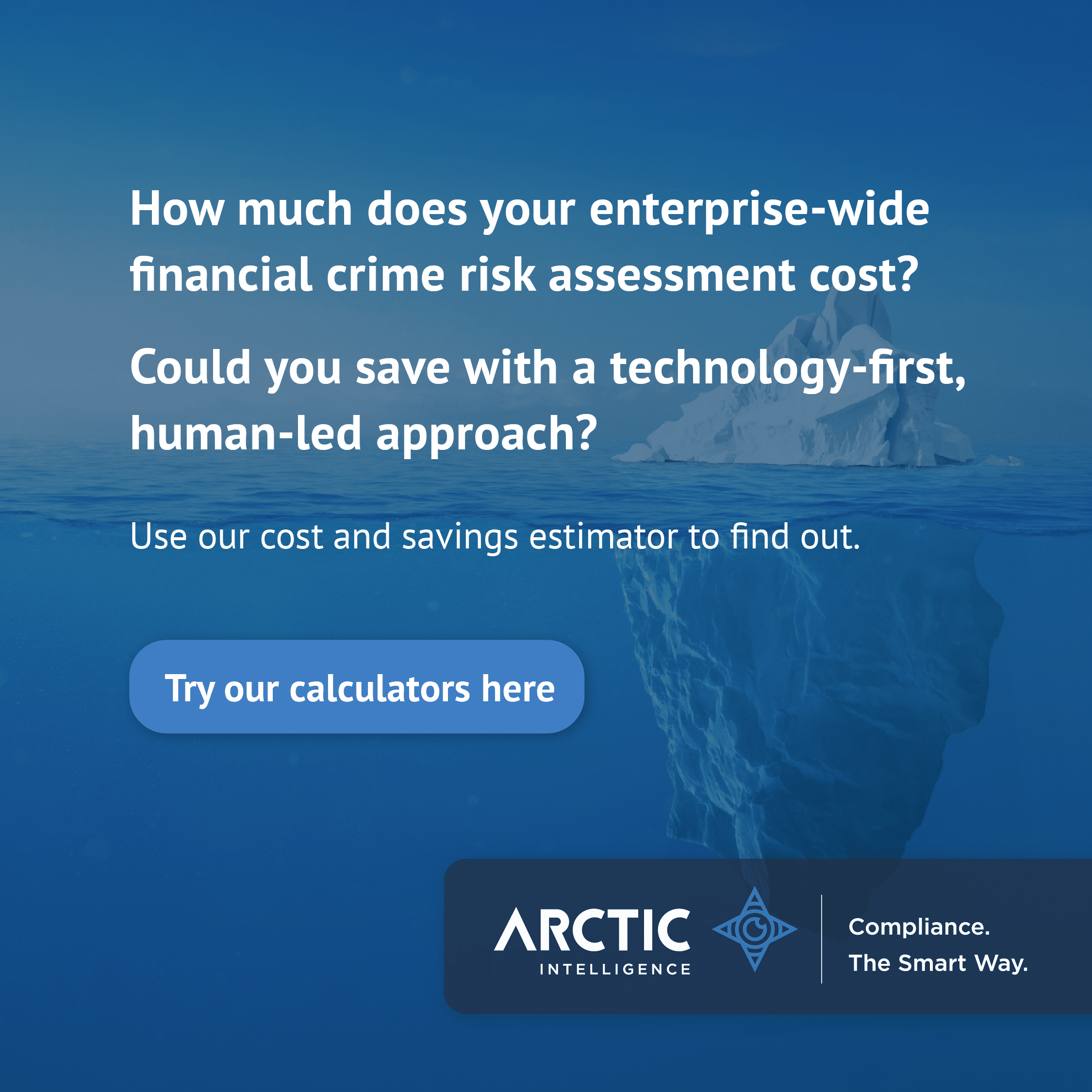Introduction
The financial crime landscape is evolving rapidly, driven by advancements in technology, changes in regulatory frameworks, and the growing sophistication of criminal networks. As we move into 2025, organisations must anticipate emerging trends and adapt their risk assessment frameworks to remain resilient. This blog post explores predictions for the future of financial crime risk assessment, highlighting key technologies, challenges, and opportunities.
Emerging Trends in Financial Crime Risk Assessments
Here are some of the emerging trends in financial crime risk assessments we expect to see in 2025 and beyond…
1. Increased Integration of Artificial Intelligence and Machine Learning
AI and machine learning will play an even greater role in automating and enhancing risk assessments.
- Predictive Analytics: AI models will identify emerging risks before they materialise, enabling proactive mitigation.
- Dynamic Risk Scoring: Machine learning algorithms will continuously update risk profiles based on real-time data.
- Behavioural Analysis: Advanced AI will detect subtle behavioural anomalies that could indicate financial crime.
2. Proliferation of Digital Assets and Decentralised Finance (DeFi)
The rise of cryptocurrencies and DeFi platforms will redefine financial crime risk assessments.
- Increased Regulation: Governments will implement stricter regulations for virtual asset service providers (VASPs) and DeFi platforms.
- Blockchain Analytics: Advanced tools will trace digital asset transactions to combat money laundering and sanctions evasion.
- DeFi-Specific Risk Assessments: Organisations will develop specialised frameworks for assessing risks in decentralised ecosystems.
3. Enhanced Cross-Border Collaboration
Globalisation of financial systems requires better coordination among jurisdictions.
- Global Sanctions Databases: Unified sanctions databases will simplify compliance for multinational organisations.
- Information-Sharing Networks: Public-private partnerships will expand, enabling real-time sharing of financial crime intelligence.
- Standardisation of Regulations: Efforts by FATF, UN, AMLA and regional bodies will lead to greater alignment of financial crime laws across jurisdictions.
4. Integration of ESG into Financial Crime Compliance
Environmental, social, and governance (ESG) considerations will become a central component of financial crime risk assessments.
- Focus on Environmental Crimes: Financial crime frameworks will address risks tied to illegal logging, mining, and pollution.
- Supply Chain Transparency: Blockchain and AI will enhance visibility into supply chains, mitigating risks of forced labor and corruption.
- Regulatory Alignment: Governments will tie ESG violations to financial crime enforcement, increasing penalties for non-compliance.
5. Cybersecurity as a Core Component of Risk Assessments
The convergence of cybersecurity and financial crime compliance will deepen, as digital threats become more pervasive.
- AI-Powered Cyber Monitoring: Real-time monitoring of IT systems and financial transactions will identify cyber-enabled crimes like ransomware and phishing
- Incident Response Integration: Financial crime compliance teams will play a larger role in responding to cyber incidents.
- Quantum Computing Risks: Organisations will adopt quantum-resistant encryption to safeguard financial systems from emerging threats.
Challenges Ahead
Implementing new technologies may come with challenges, a few of these are outlined below
1. Complexity of Emerging Technologies
- Businesses will face challenges in understanding and integrating advanced technologies like AI, quantum computing and DeFi
- Regulatory frameworks may lag behind technological advancements, creating compliance uncertainties.
2. Data Privacy and Security Concerns
- Striking a balance between sharing data for compliance purposes and adhering to privacy laws like GDPR will remain a challenge
- Protecting sensitive customer data from breaches will be critical.
3. Resource Constraints for SMEs
- Small and medium-sized enterprises may struggle to adopt advanced compliance tools, widening the gap between large organisations and smaller counterparts.
4. Increased Criminal Sophistication
- Criminal networks will leverage AI, deepfakes, and other advanced technologies to evade detection.
Opportunities for Organisations
And there will be many opportunities for organisations that are willing to embrace technological advances…
1. Innovation in Compliance Technology
- Investment in RegTech solutions will enable businesses to automate and streamline compliance processes.
- AI-driven systems will make compliance more efficient and cost-effective.
2. Enhanced Customer Trust
- Organisations that prioritise robust financial crime prevention will build trust with customers, investors, and regulators.
3. Proactive Risk Management
- Predictive analytics and real-time monitoring will enable organisations to mitigate risks before they escalate.
Preparing for 2025 and beyond!
To stay ahead in the evolving landscape of financial crime risk, organisations must:
- Invest in Advanced Technologies: Leverage AI, blockchain, and predictive analytics to enhance compliance.
- Adopt a Global Perspective: Align with international standards and participate in cross-border collaborations.
- Focus on ESG Integration: Incorporate environmental and social considerations into risk assessment frameworks.
- Build Resilient Frameworks: Continuously update compliance strategies to address emerging threats and technologies.
Conclusion
The future of financial crime risk assessment will be defined by technological innovation, global collaboration, and integration with broader frameworks like ESG. By preparing for these trends and challenges, organisations can build resilient compliance systems that not only meet regulatory expectations but also safeguard their reputation and long-term success. As we move into 2025, the ability to adapt to an increasingly complex financial crime landscape will be a key differentiator for businesses worldwide.



